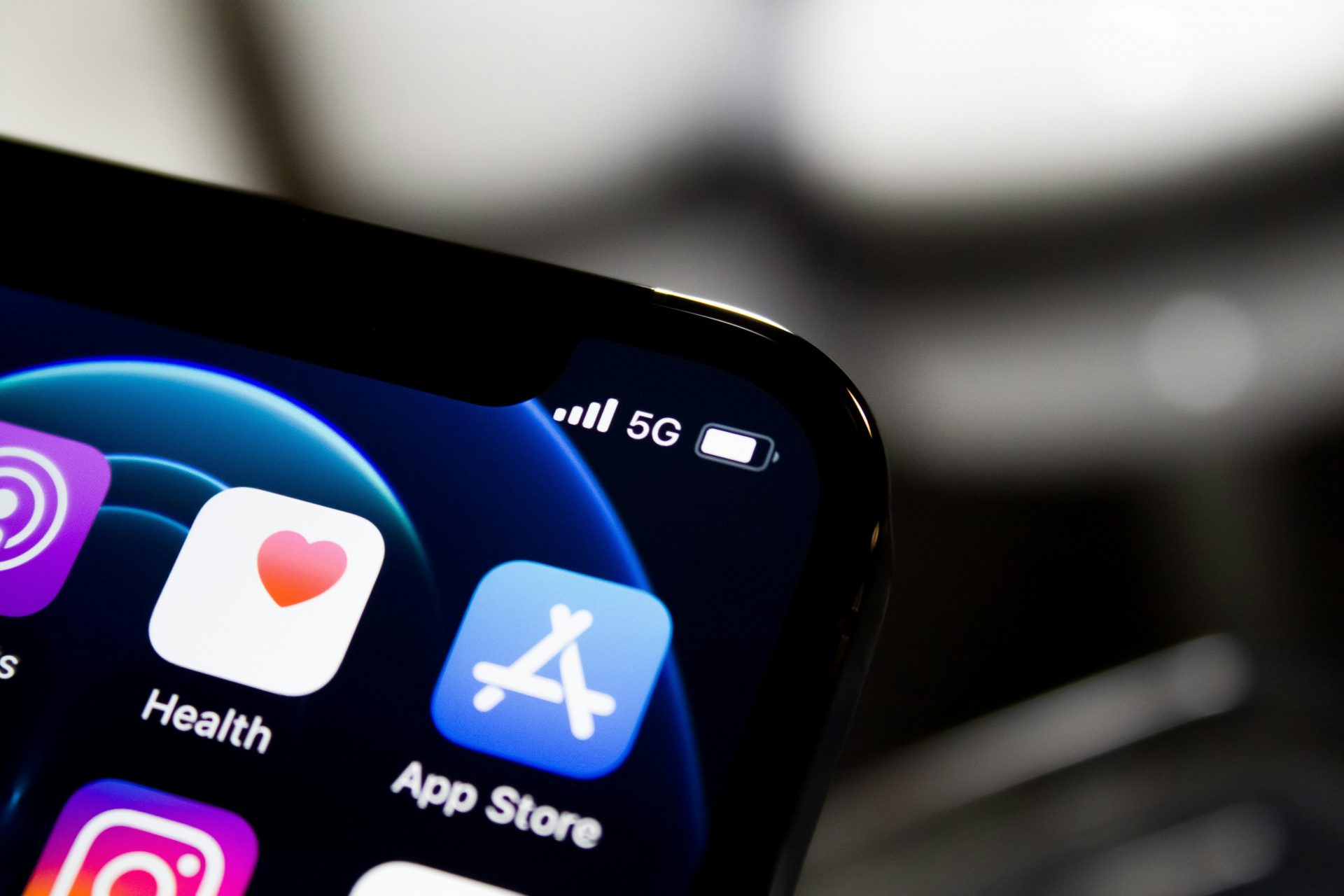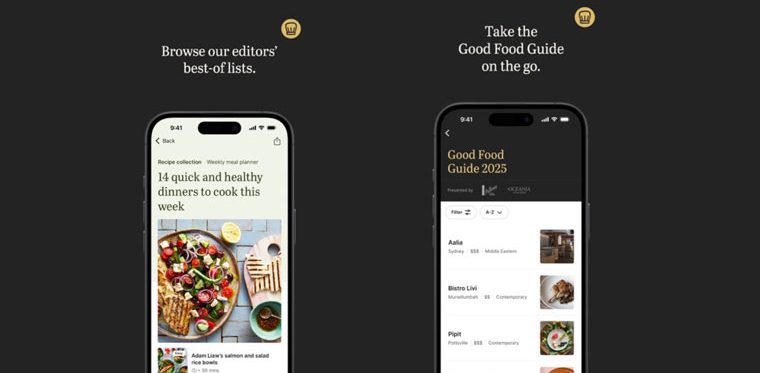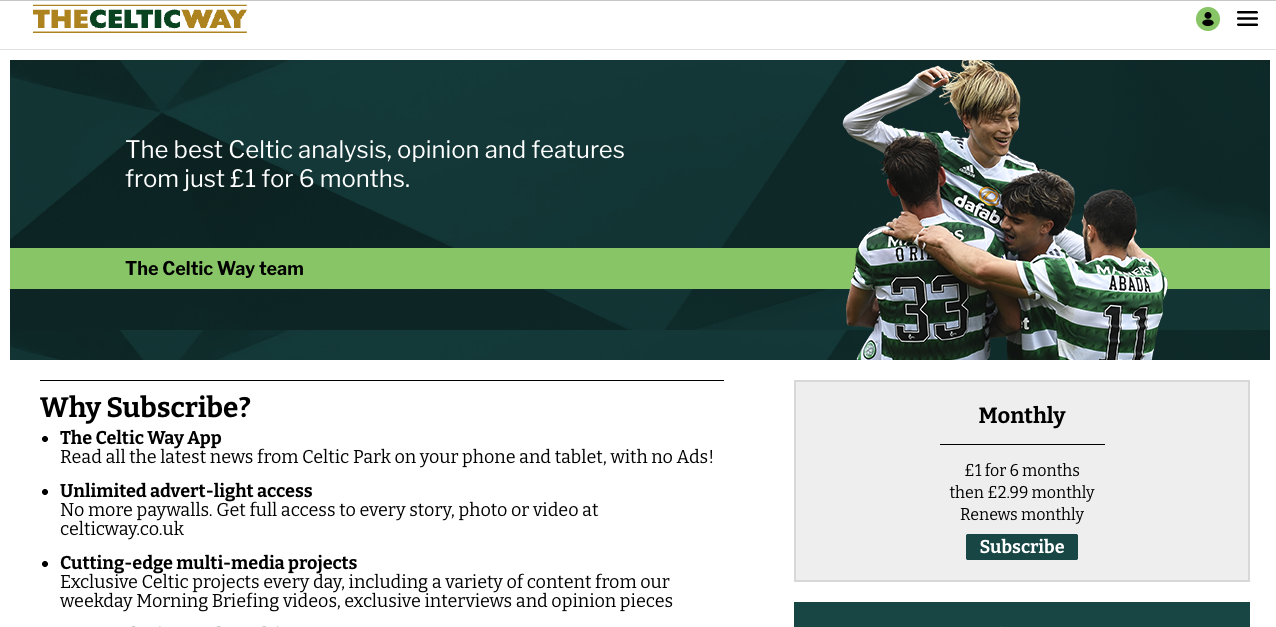
Newsletter
Newsletter
We highlight the processes and positioning that publishers are using to launch high-engagement audio products that deliver retention and revenue.
2nd February 2024

In the Pugpig weekly media bulletin, Pugpig’s consulting services director Kevin Anderson and digital growth consultant James Kember distill some of the best strategies and tactics that are driving growth in audiences, revenue and innovation at media businesses around the world.
If you want to know more about how we are working with publishers like you, get in touch at info@pugpig.com.
In 2023, one of the major themes we identified was the end of the Platform Era, which we believed had given way to the Push Era. Publishers could no longer rely on social platforms for traffic acquisition, and with Google’s Search Generative Experience and AI-driven search platforms like Perplexity, publishers were already anxious that this would erode search referrals. Instead of focusing on the acquisition of a large rented audience, the Push Era means that publishers need to focus on building deep, direct relationships with audiences through a product portfolio that develops loyalty and habits that drive audience revenue through subscriptions, events and higher CPM advertising through first-party data.
We call it the Push Era because the product portfolio is built with products that are delivered to users – in their inbox, their podcast apps and publisher’s apps. Audiences are now majority mobile, and these products allow for multiple channels to win the battle for attention on the lock-screen: email notifications for newsletters, notifications for new podcast episodes and push notifications from your app.
The success of your app begins with a great product experience as well as proactive efforts to onboard subscribers and new users and tactics to re-engage users whose use has tailed off. Use of the product is essential and as we’ve talked about several times before, there is a clear correlation between engagement and retention. So how to encourage engagement? The product experience and onboarding efforts need to highlight the value of all of the content you deliver including articles, puzzles, video and audio. Norwegian publisher Aftenposten has leaned into audio. In March of last year, they added an AI-powered text-to-speech feature to their articles, which doubled the size of their audio audience. At Pugpig, Amazon’s Polly text-to-speed service is integrated into our Bolt app platform, and we have data demonstrating the value of this feature.
In a recent interview with INMA, Kaya Maraz, Product Designer at Aftenposten, shared what they have learned so far from the experience. She used both quantitative data and user interviews to refine the product and drive take-up.
For Aftenposten, adoption of their text-to-speech functionality and use of in-app playlists was slower than they expected. After some consideration, they hypothesised reasons to test to improve the use of the feature. Generally, audio wasn’t a part of their readers’ news habit, and this meant that they were reading Aftenposten’s content at times of their day when listening wasn’t appropriate. Kaya stated that they needed their users to be in the “mode to read’ or in a “situation where they could listen”. A deep understanding of the daily habits of your audiences will allow you to create a portfolio of products that are appropriate for their rhythms.
They also had an awareness problem. The text-to-speech icon was present on the website and in the app but users didn’t notice it. They weren’t looking for it. The solution? Build awareness of the feature and guide users on how to access it. The starting point for this type of activity is to regularly measure feature adoption and use that data to understand the user experience.
At Pugpig we often see that readers who access audio on Pugpig apps are significantly more engaged, but they’re often a small percentage of the total audience. This means that while audio features are attractive to audiences, a specific approach is needed to encourage its use. There are three steps to this.
A particularly interesting benefit that Kaya highlighted was the ability of audio to introduce users to content that they otherwise would not have read. They achieved this by automatically recommending and playing a second article once the first had been completed. They found this was a much more effective way to build engagement across a breadth of content, rather than relying on the user to find the article themselves. The user feedback they got on this was positive, with readers saying that they had discovered content they didn’t know existed.
This demonstrates not just the importance of leveraging audio functionality, but also makes a broader argument for seamless integration of related content. Most publishers still rely on related links at the footer of an article, but in our experience, they have limited success. Scroll-depth data shows that little engagement with content at the bottom of articles. (Notice how the New York Times has integrated related content boxes in the middle of articles with short summaries that add context to complex, ongoing stories.) The better recommendations can be integrated into the product experience, the higher the chance of increasing engagement.
For Aftenposten, text-to-speech has become an essential component of their digital experience, encouraging article discovery as well as engagement and leveraging relatively cheap AI functionality to be able to deliver at scale.
However, another key point of focus for us at Pugpig has been the integration of podcasts into our product, and based on data in our forthcoming State of Mobile Publishing report a user that engages with audio spends significantly more time in the app than a user that doesn’t. This may be why a recent Reuters Institute survey showed that 47% of publishers are looking to increase their podcast output.
However, unlike a relatively simple text-to-speech integration, podcasts require a significant level of effort and investment. They need a clear monetisation strategy, which should include a launch sponsor while the podcast audience grows and advertising which will drive revenue once the audience has scaled. But publishers need to ask questions to refine their podcast approach:
The Economist is a great case study. They were relatively quick to build a robust digital subscription strategy, whilst many publishers were still attempting to balance giving digital content away for free whilst prioritising advertising revenue as their primary income source. They’re now looking to lead the way with podcast monetisation.
Recently they made the bold decision to move all their podcasts behind a paywall, except The Intelligence. But this approach threw up the question of how to generate revenue with an audience that, generally, preferred to engage with podcasts off-platform. They were faced with the choice of either forcing all their users to listen on the Economist’s platform – something they knew their audience wasn’t keen on – or implementing a paywall on Spotify and Apple Podcasts. Ultimately, they decided on the latter, requiring subscribers to link their Economist account to the podcast app they were using. This is a straightforward process but it takes several steps, although importantly it maintains the Economist’s control over its subscriptions data.
Alongside this approach, they continued to use podcasts as a way to bring new subscribers into the Economist ecosystem. They began offering a podcast-only subscription, where users could sign up for £24.50 a year, significantly less than a full-priced subscription. This had the benefit of reducing the impact of moving all their podcasts behind a paywall and losing the engagement of non-full-price subscribers. They could still listen to the podcasts for just over £2 a month. Moreover, it allowed them to leverage audio as a means of building habit and loyalty and converting those audiences to full subscribers. It’s a process that The Economist is familiar with, having launched the Espresso app back in 2014 as an appeal to new audiences with a version of the news which could be consumed in under 5 minutes. These products fit into the lives of time-starved audiences, while also giving The Economist a way to monetise these smaller slices of attention.
Audio, both podcasts and text-to-speech products, add an important pillar to publishers’ product portfolios. AI is a great enabler. Publishers can use tools like Amazon Polly to turn text-to-speech with a reasonably small level of effort. As Aftenposten found, leveraging product research is important in designing audio products and also effective onboarding processes to raise awareness of them. Successful audio products can drive engagement, which is key to retention. And we’re in the age of retention, in which publishers are reminded every day that the cost of retention is less than the cost of acquiring a new user.
Moreover, audio – particularly podcasts – needs to be done in collaboration with a monetisation strategy. The role that audio plays in a publisher’s business model needs to take into account several factors including audience size, audience habits and the monetisation options open to them. But where the audio is served outside of the publisher’s ecosystem, such as off-platform podcasts, it should form part of a wider approach to either drive revenue through direct subscription or as an introduction to the publisher’s content.
Lastly, one of the major shifts in digital publishing has been using product thinking to shift publishers’ offerings from products that follow the rhythms of newsroom production to the rhythms of audiences’ lives. When thinking about product portfolio planning, research will help you understand the moments of the day when audio, video, text, puzzles and other products fit best into their lives. By having products that fit into those moments, you’ll become an indispensable part of the daily lives of your audiences. And that is the basis of a successful publishing business.
Here are some of the most important headlines about the business of news and publishing as well as strategies and tactics in product management, analytics and audience engagement.
After The Messenger, burn that playbook and disperse the ashes in a burial at sea.
Brian Morrissey, The Rebooting Newsletter

Newsletter

Newsletter

Newsletter

Newsletter

Newsletter